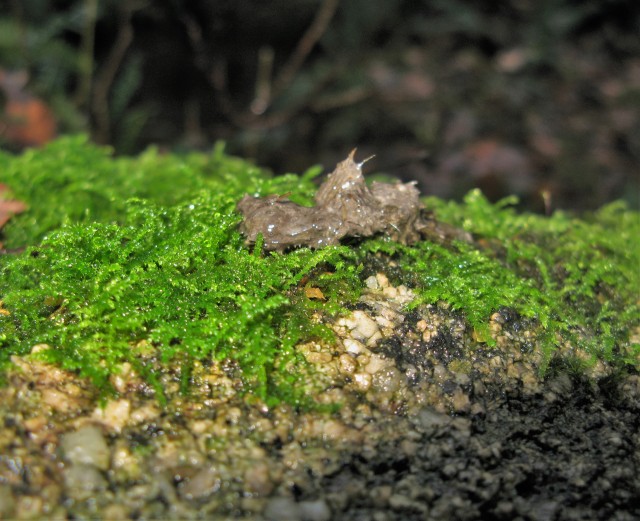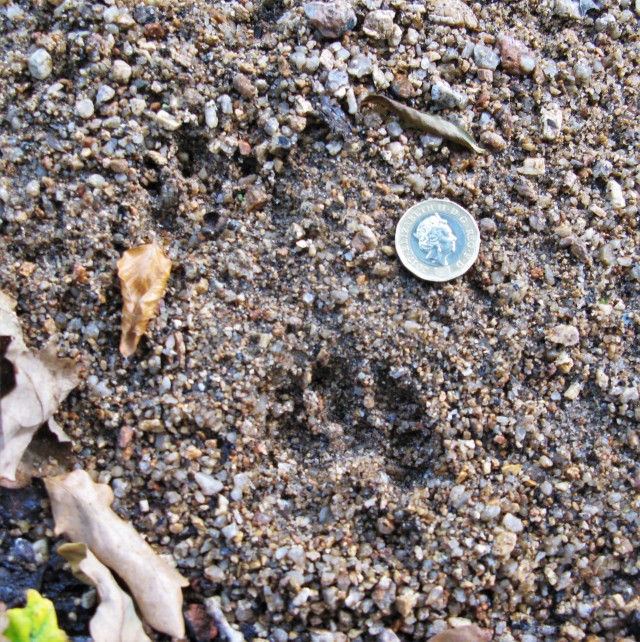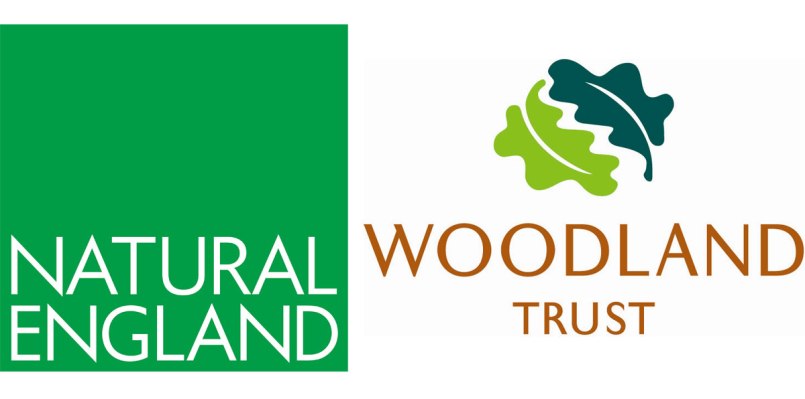Very few of us are lucky enough to have seen a real live otter though they frequently swim, hunt and raise cubs along the River Bovey and its tributaries. They are the apex predator in the food chain of this watery world and, though they have an elusive reputation, will leave us regular clues about where they have been and, if you look closely, what they have been eating.

Please excuse the direct approach to getting down to business, but otter droppings are known as ‘spraint’ and they are regularly deposited in a prominent position along the river. Leaving them perched on a protruding rock serves the dual purpose of the disposal of indigestible food waste and warning other creatures of a territorial claim. Spraint has a peculiar, oily smell which is not unpleasant and can even have an unusual sweet aroma. At this point, I have to say that this is probably one of those things that suits only a minority of naturalists but, if Chris Packham can make a career out of studying wild animal poo, then why shouldn’t I have a go too?

I am a big fan of the otter and, every time I’m near a suitable watercourse, I listen out for their calls, look out for their paw prints and keep an eye open for the ‘treasure’ they leave on the rocks along the river. The European Otter (Lutra lutra) is a protected species and disturbance should be kept to a minimum but, when a spraint is found, it can reveal all sorts of information about life on the river without even bothering the animal itself.

Back in March, I found a spraint on a rock, took it home and, without going into too much detail, separated the remaining bone fragments and analysed the contents of the delightful deposit! It was quite interesting. There were fish bones from bullhead and trout, and a few fragments of frog. Quite a variety of tasty morsels.
When I found another spraint on the same rock in December, it was a different story. The water levels had been very high for a few days and the opportunistic otter had clearly struggled to find a range of prey and its diet was almost entirely trout. How do we know this? Well, each fragment of crunched up bone that passes through the otter’s digestive system provides a diagnostic clue of whatever is (or was) living in the river. It’s a miniature world that tells the Tales of the Riverbank.
by Matt Parkins

Interesting stuff. We are part of the otter survey on the Bovey river . and would like to have a look at the contents of some fresh spraint. Do you start by agitating the sample in a jar of water or is the separation more sophisticated than that?
LikeLike
Hi William. Start by leaving the sample to soak overnight in a small bowl with 1/2 teaspoon of washing detergent (agitate occasionally). Rinse carefully using a small fine sieve or tea strainer (don’t put it back in the kitchen drawer!) Take care not to wash away the tiny fragments/scales. Dry the sample before examining it with a hand lens or low-powered microscope. Identification of the bones takes practice and I am far from expert. Maybe we could talk to Albert at the Yarner nature reserve and meet up.
LikeLike
Many thanks for the prompt response. Looks interesting- I will give it a go in due course,and let you know. It could be an interesting development of the otter survey. Bill
LikeLike